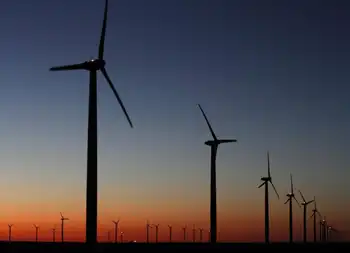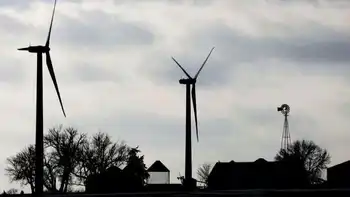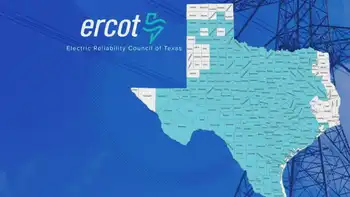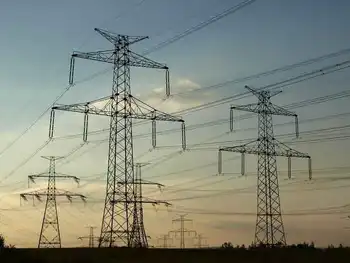Michigan governor's home goes green with solar, wind
By Associated Press
NFPA 70b Training - Electrical Maintenance
Our customized live online or in‑person group training can be delivered to your staff at your location.

- Live Online
- 12 hours Instructor-led
- Group Training Available
With a new sprinkler system that saves water by taking the weather and what's planted into account and a small area of the garage roof covered with sedum plants and a special membrane to keep it cool, the residence provides an example of ways consumers can save money by using Michigan products.
"Average citizens can see a 30 percent reduction in their own energy expenditures through weatherization and just simple stuff," Granholm said. "They don't have to put on live roofs or install solar panels. It's all just energy efficiency."
In a tour given to The Associated Press, the Democratic governor led a reporter and photographer around the grounds of the sprawling state-owned residence in Lansing's most upscale neighborhood and through the 8,700-square-foot house, where fluorescent and LED lights have been installed and electronic thermostats control heating and air conditioning.
"It takes a little while to learn to do these things, but once you do it, you don't have to touch it anymore," Granholm said, pausing by an electronic thermostat. "So it's just great."
The residence will get the largest savings from a recently installed 30-foot-tall wind turbine, which is expected to save about $1,200 a year on the home's annual $10,900 electric bill. The residence also used $5,381 in natural gas and $4,276 in water in the fiscal year that ended September 30.
For the first eight to nine months of this fiscal year, the residence is using about 13 percent less electricity but about 15 percent more natural gas, a reflection of the cold winter and unusually cool summer. It's also using about 26 percent less water, in part because it has been an especially rainy year.
Mariah Power of Reno, Nevada, and MasTech Wind of Manistee donated the $9,000 wind turbine to the state. After federal and state tax breaks, the turbine would cost about $3,000.
The $20,000 in solar panels that will be mounted later this month on a section of the roof over the front door are being donated by United Solar Ovonic of Auburn Hills. The panels will provide about $300 of electricity a year.
The new sprinkler system is expected to save about $1,450 annually and was donated by A&H Lawn Service Inc. of Saline, Green Meadows Lawn Care & Landscaping of Clinton and HydroLogic of Minneapolis. The system for the 5-acre site — including special irrigation for the vegetable garden — cost $50,000, but a homeowner on a typical suburban lot would pay only about $5,000, A&H President Timothy Austin said.
LiveRoof of Spring Lake and Permaloc Corp. of Holland donated the green roof system that covers 50 square feet of the flat garage roof. Most of the home has a peaked roof that's not suitable for the system, which costs $20 to $25 per square foot to install. It's done on office buildings and schools where the entire roof can be covered in plants to block the sun, lowering cooling costs in an environmentally friendly way and providing greenery.
Granholm has pushed hard to encourage the growth of more alternative energy companies in Michigan and more energy efficiency overall. The energy audits of state government she ordered early in her administration have led to a 23 percent drop in power usage compared to when she took office in 2003, according to Management and Budget director Lisa Webb Sharpe.
The decrease has saved the state $60 million so far and the equivalent of enough energy to power up to 2,300 homes, Webb said.
Granholm said she expects to hear that the state's energy plan has gotten federal approval, paving the way for Michigan to use its share of energy dollars from the recovery act to make even more energy improvements in state facilities.
Low-income Michigan residents also will benefit from $243 million in recovery money that will be sent Michigan's way through early 2011 to help weatherize homes.
It all fits into Granholm's efforts to make Michigan a leader in green technology.
During her weekly radio address, she promoted the ways the domestic auto industry is "helping us lead a green industrial revolution."
But she's also happy about living in a house where energy efficiency now largely takes care of itself.
"Instead of me having to put signs on the kids' doors, now the lights go off automatically," she said. "Those timers are great."











